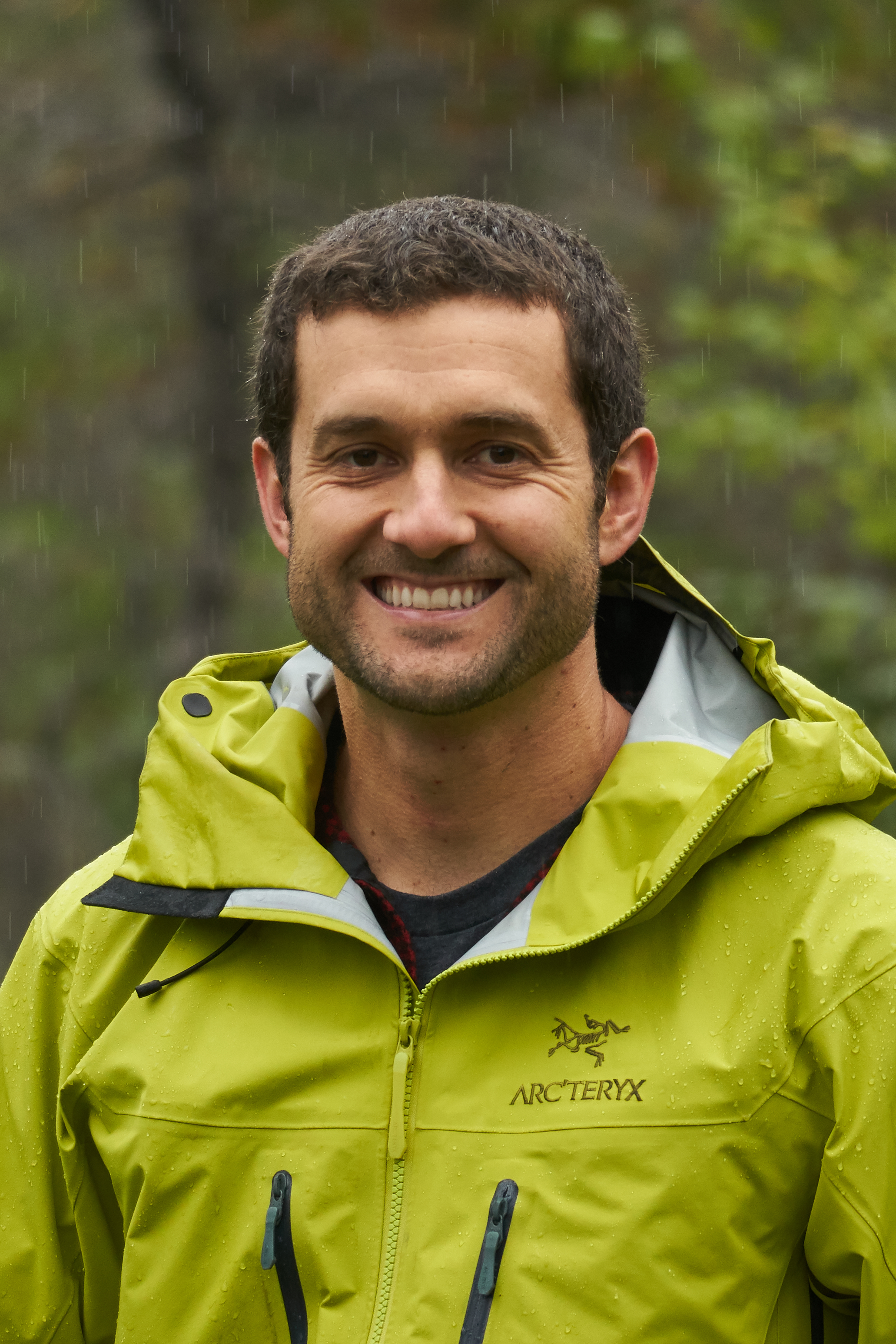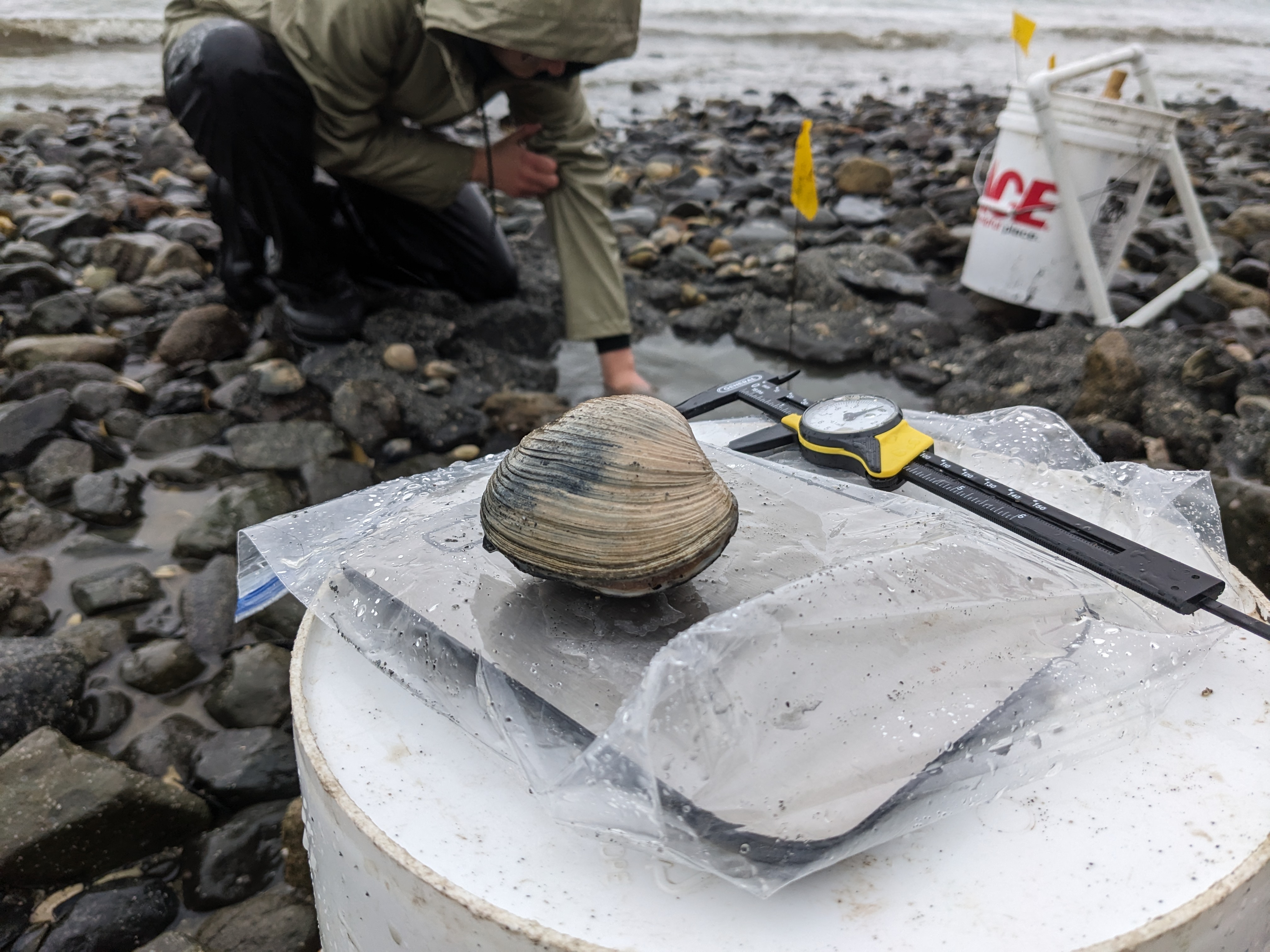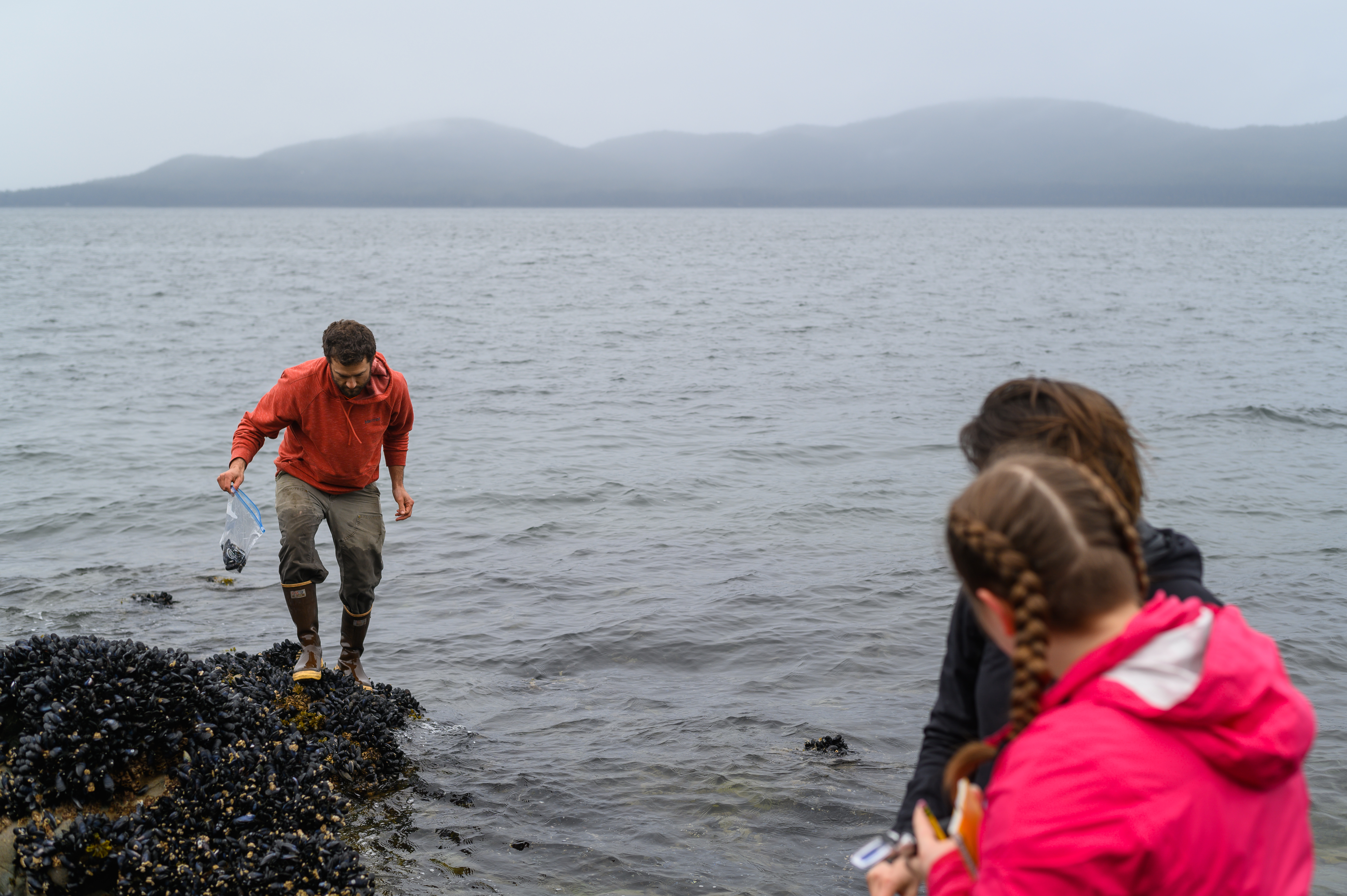BLaST Celebrates November 2024 Scientist of the Month

John Harley, a research assistant professor at the University of Alaska Southeast Juneau, is the BLaST Scientist of the Month for November 2024!
BLaST is happy to announce that John Harley is selected as our BLaST Scientist of the Month for November 2024! To read about this recognition or any previous BLaST Scientist of the Month content, go to the BLaST SOM website.
John Harley, a research assistant professor at the University of Alaska Southeast Juneau, has been involved with BLaST since 2015. He was a former BLaST Graduate Mentoring Research Assistant for two years as a Ph.D. student in biochemistry and graduated from the University of Alaska Fairbanks in 2017. He earned his bachelor's degree in marine biology from University of California Santa Cruz in 2010. His research focuses on examining environmental contaminants in wildlife and humans. “I’ve always been interested in the interactions between environmental health and human health. Growing up in California I developed a keen interest in the ocean, our interactions with the environment, and dependence on marine resources.” He enjoys the outdoors paddling, climbing, hiking, and adventures where maps are forgotten.

Harley’s research focuses on a One Health framework, where linkages between humans and the global and local environment and animals are seen as connected. His team at UAS was recently awarded a 5-year NIH grant to look at the dynamics of paralytic shellfish toxins in association with climate change in Southeast Alaska. Harley shared, “I’m excited to better understand some of the issues affecting future food security in the region.”
Harley previously received a 2022 - 2024 BLaST Faculty Pilot Project entitled, “Drivers of variation in paralytic shellfish toxins in butter clams,” where he was able to collaborate with the Sitka Tribe of Alaska and the Central Council of the Tlingit and Haida Indian Tribes of Alaska. Butter clams are an important subsistence resource, and the variability of paralytic shellfish toxins in this species is important to understand. They found that larger clams generally had higher toxin concentrations than smaller ones, which they were able to report back to the community. The findings of this project were published in October 2024 in the journal, Toxins. Additionally, a UAS undergraduate Kellie Blair, a mentee of Harley, was a co-author on the publication.

John Harley collecting butter clams at Auke Recreation Area (Aanchg̱altsóow), Alaska.
During the time Harley was a BLaST GMRA, he was mentored by BLaST Faculty Pilot Project awardee and (former) Wildlife Toxicology Lab Principal Investigator Todd O’Hara, and Kriya Dunlap, a associate professor of Biochemistry, both of UAF. “The mentors that I’ve had throughout my career have helped me in diverse and unique ways, but the thing that I value most in a mentor is encouragement and facilitation of curiosity. The questions that I find most engaging, and most fascinating are often rooted in “natural science,” the things that can be observed just by being in a place and moving through the world.” Harley believes that mentoring can be a way to kindle a strong curiosity about the natural world, and encourages students to ask questions, and figure out ways to find solutions on their own. While at BLaST, he mentored two BLaST UREs and one BLaST Scholar. Harley currently teaches Current Topics in Data Visualization for Environmental Science (ENVS 375 and BIOL 375).


